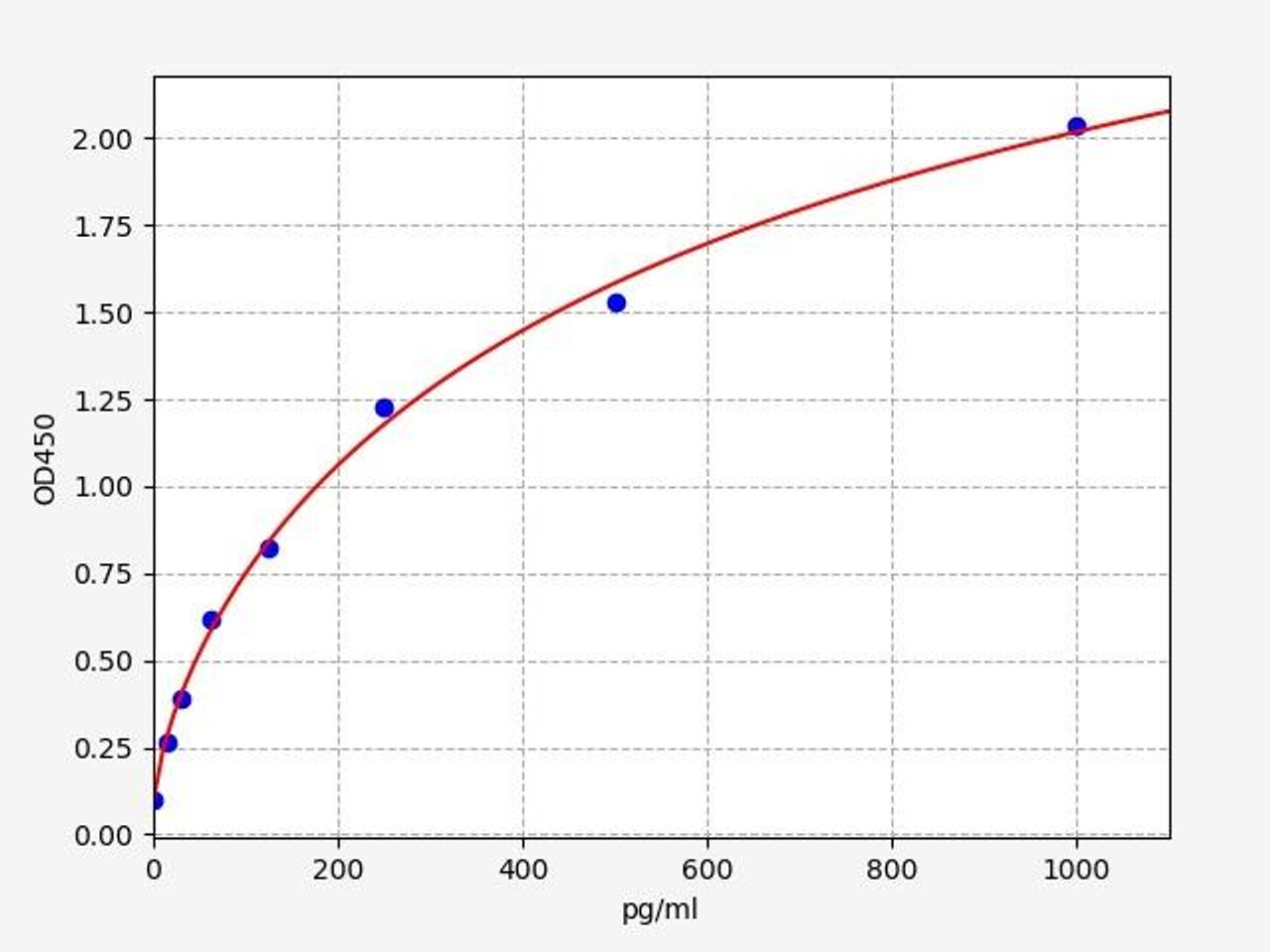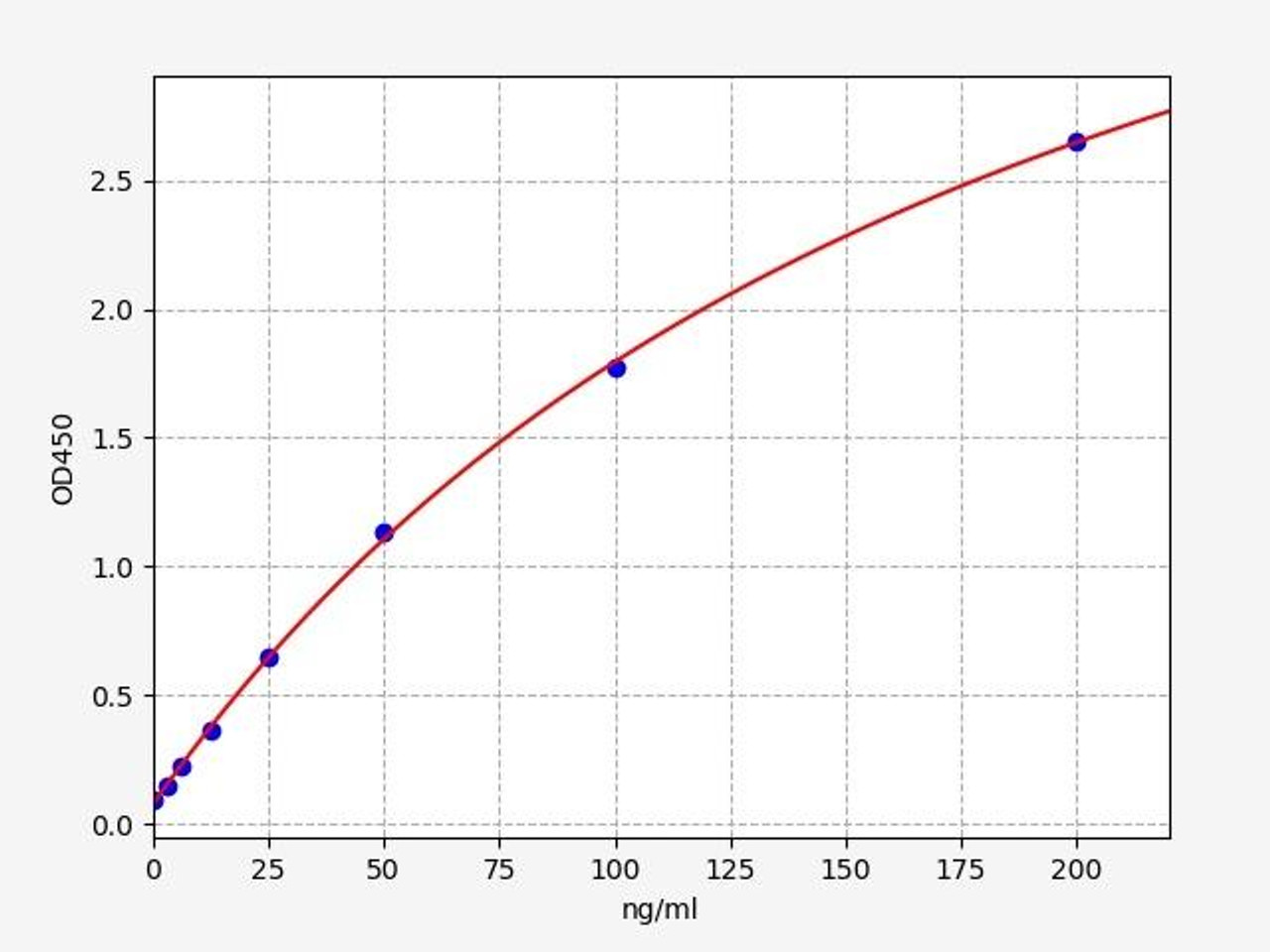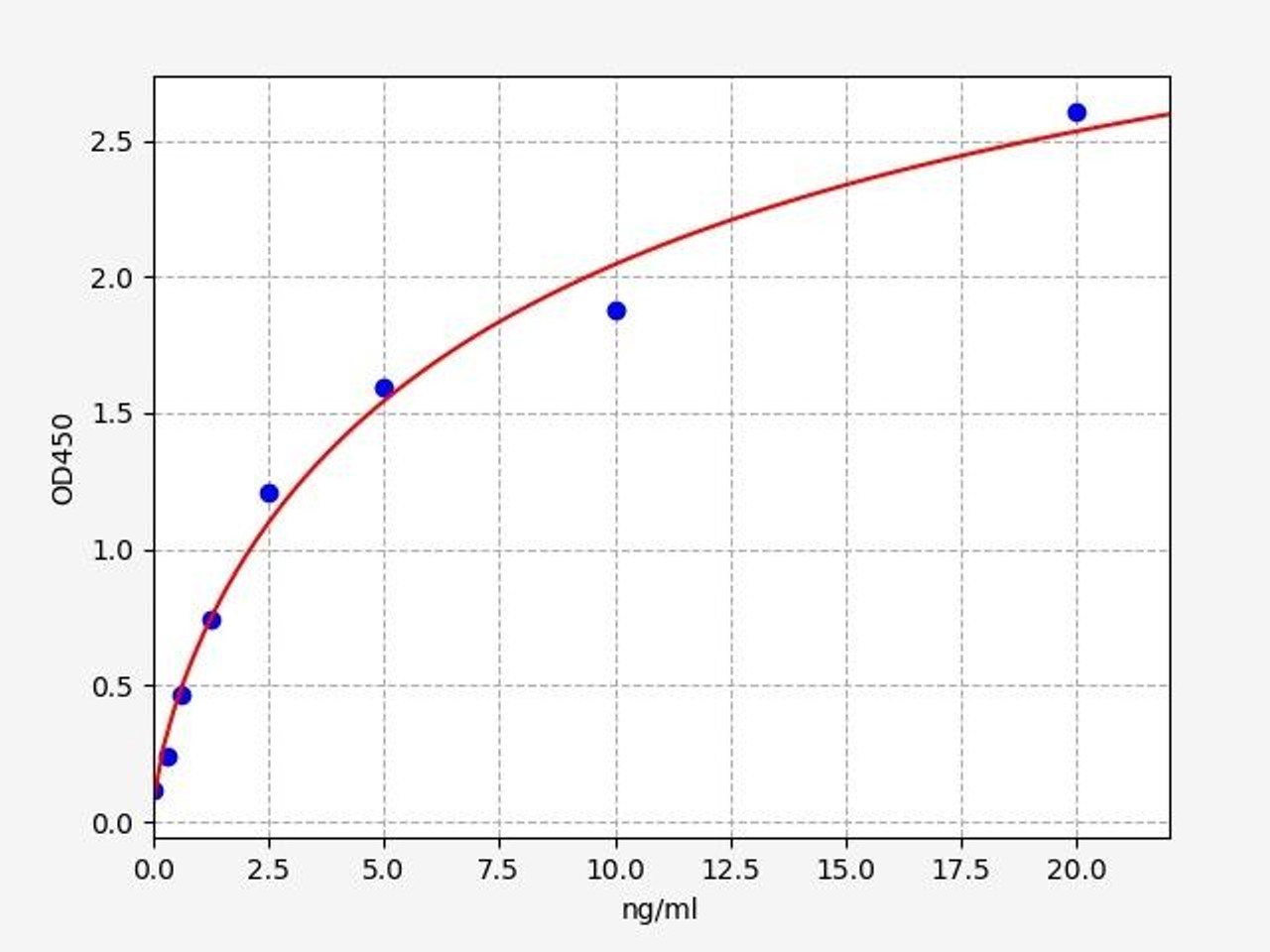Understanding Phosphorylation: From ATP Synthesis to Cellular Signaling
Introduction
Phosphorylation is a fundamental biochemical process that plays a crucial role in various cellular functions. It involves the addition of a phosphate group to a molecule, typically a protein or a small organic molecule, leading to the formation of a phosphorylated compound. The phosphate group, known as a phosphoryl group, carries a negative charge and can modify the structure and activity of the target molecule. This post-translational modification serves as a key regulatory mechanism in signal transduction pathways, cellular metabolism, enzyme activity, and gene expression. By adding or removing phosphoryl groups, cells can rapidly and precisely control the functions and interactions of proteins and other biomolecules, influencing critical processes such as cell signaling, growth, and differentiation.
Key Takeaways
- Phosphorylation is pivotal for cellular functions, regulating metabolism, signaling, and gene expression.
- It involves adding a phosphate group, altering molecule activity and structure.
- Key types include oxidative, substrate-level, and photophosphorylation, crucial for ATP synthesis.
Table of Contents
Jump to a section:
Phosphoryl Group
In particular, phosphoryl groups are essential for driving and modulating enzymatic reactions. They can alter the conformation and activity of enzymes, facilitating or inhibiting specific biochemical reactions. By adding a phosphoryl group to an enzyme, it can be activated, allowing it to catalyze reactions more efficiently. Conversely, removal of a phosphoryl group can deactivate the enzyme, effectively halting its catalytic activity. This reversible phosphorylation mechanism provides cells with a finely tuned means of regulating enzymatic processes and maintaining homeostasis. Moreover, phosphorylation events are integral to cellular signaling cascades, where they serve as molecular switches, transmitting and amplifying signals from the extracellular environment to the nucleus, ultimately influencing gene expression and cellular responses.
Illustration of basic phosphorylation of a protein
Types of Phosphorylation
There are three different types of Phosphorylation important for metabolism:
- Substrate-level phosphorylation
- Oxidative phosphorylation
- Photophosphorylation
Substrate Level Phosphorylation
Substrate-level phosphorylation is a vital process in cellular metabolism that directly synthesizes ATP by transferring a phosphate group from a high-energy donor molecule to ADP. Unlike oxidative phosphorylation, which occurs in the mitochondria, substrate-level phosphorylation takes place in the cytoplasm and specific metabolic pathways of the cell. It serves as a mechanism for ATP production during energy-yielding reactions, independent of the electron transport chain and oxygen. Through enzymatic reactions, substrate-level phosphorylation allows cells to generate ATP directly from the chemical potential energy stored within the substrates involved in metabolic pathways. This process plays a fundamental role in various biological processes, including glycolysis, the Krebs cycle, and other pathways, ensuring a constant supply of ATP to fuel cellular activities.
Substrate-Level Phosphorylation in Glycolysis: Fueling ATP Production
In the process of glycolysis, substrate-level phosphorylation serves as a key mechanism to generate ATP. Glycolysis is a central pathway for glucose metabolism, occurring in the cytoplasm of cells. During glycolysis, glucose is broken down into two molecules of pyruvate through a series of enzymatic reactions. Along this pathway, substrate-level phosphorylation occurs at two specific steps, leading to the production of ATP.
1. Phosphoenolpyruvate (PEP) to Pyruvate
During this step, the enzyme pyruvate kinase catalyzes the transfer of a phosphate group from phosphoenolpyruvate (PEP) to ADP, forming pyruvate and ATP.
2. 1,3-Bisphosphoglycerate (1,3-BPG) to 3-Phosphoglycerate (3-PG)
In this step, the enzyme phosphoglycerate kinase facilitates the transfer of a phosphate group from 1,3-bisphosphoglycerate (1,3-BPG) to ADP, producing ATP and 3-phosphoglycerate (3-PG). This reaction also involves substrate-level phosphorylation, leading to the synthesis of ATP.
Substrate level phosphorylation in Glycolysis
Oxidative Phosphorylation: How and Where it Occurs
Oxidative phosphorylation is a crucial process that takes place in the mitochondria of eukaryotic cells, where the majority of ATP is generated. It involves the utilization of electron transport chains and the coupling of electron flow to ATP synthesis. The key components and the steps of oxidative phosphorylation are:
1. Electron Transport Chain:
The electron transport chain is the central component of oxidative phosphorylation. It consists of a series of protein complexes embedded in the inner mitochondrial membrane. During this process, electrons derived from electron carriers such as NADH and FADH₂ are sequentially transferred from one protein complex to another. This transfer results in the pumping of protons (H⁺ ions) across the inner mitochondrial membrane, creating an electrochemical gradient.
2. Chemiosmosis:
The proton gradient generated by the electron transport chain drives the process of chemiosmosis. As protons flow back across the inner mitochondrial membrane through ATP synthase, the enzyme responsible for ATP synthesis, ATP is produced. This process is often referred to as oxidative phosphorylation since ATP synthesis is coupled to the transfer of electrons in the presence of oxygen, the final electron acceptor.
3. ATP Synthesis:
ATP synthase utilizes the energy of the proton gradient to convert ADP (adenosine diphosphate) and inorganic phosphate (Pi) into ATP (adenosine triphosphate). This enzyme complex consists of two main components: a proton-translocating domain that harnesses the energy of the proton gradient and a catalytic domain that synthesizes ATP. As protons flow through ATP synthase, their energy is utilized to drive the synthesis of ATP, resulting in the production of ATP molecules.
Oxidative phosphorylation occurs in the mitochondria, which are often referred to as the powerhouse of the cell. This process relies on the efficient transfer of electrons through the electron transport chain and the establishment of a proton gradient across the inner mitochondrial membrane. By harnessing the energy derived from electron transfer and the subsequent flow of protons, cells can generate ATP in abundance, meeting the energy demands required for various cellular processes.
Oxidative phosphorylation: The electron Transport Chain
ATP: The products of phosphorylation
ATP (adenosine triphosphate) is the primary product of phosphorylation, serving as the universal energy currency of the cell. Through the process of phosphorylation, ATP is generated by the addition of a phosphate group to ADP (adenosine diphosphate). This conversion from ADP to ATP occurs during substrate-level phosphorylation and oxidative phosphorylation, two major mechanisms of ATP synthesis. ATP stores and releases energy in its high-energy phosphate bonds, which can be readily broken to provide the energy needed for cellular processes such as muscle contraction, active transport, synthesis of macromolecules, and cellular signaling. By serving as an energy source, ATP plays a crucial role in fueling various biological reactions and maintaining the vital functions of the cell.
Oxidative vs. Substrate-Level Phosphorylation: Understanding the Differences
Oxidative phosphorylation and substrate-level phosphorylation are two distinct processes involved in ATP synthesis, each occurring in different cellular locations and having unique characteristics. The following table highlights the key differences between these two forms of phosphorylation:
| Oxidative Phosphorylation | Substrate-Level Phosphorylation | |
| Location | Mitochondria | Cytoplasm |
| Electron Source | Electron transport chain, derived from NADH and FADH₂ | Substrates directly involved in metabolic pathways |
| Proton Gradient | Generated across the inner mitochondrial membrane | Not Involved |
| Oxygen Requirement | Requires oxygen for the final electron acceptor | Does not require oxygen |
| ATP Yield | Produces a large amount of ATP (up to 36-38 ATP) | Produces a relatively smaller amount of ATP (2-4 ATP) |
| Examples | Occurs during aerobic respiration | Occurs in glycolysis, Krebs cycle, and other pathways |
Examining ATP Phosphorylation in Cellular Respiration: How Efficient is it?
Examining ATP phosphorylation in cellular respiration reveals its remarkable efficiency as an energy conversion process. Through the series of reactions involved in glycolysis, the Krebs cycle, and oxidative phosphorylation, cells can generate a considerable amount of ATP from the breakdown of glucose or other fuel molecules. While the exact efficiency can vary depending on several factors, such as the cell type and environmental conditions, cellular respiration is generally regarded as highly efficient in converting the potential energy stored in chemical bonds into the usable energy currency, ATP. This efficiency underscores the significance of ATP phosphorylation in meeting the energy demands of living organisms.
Phosphorylation in proteins
Phosphorylation in proteins plays a crucial role in cellular signaling and regulation, influencing various aspects of protein function and cellular processes. One notable example is tyrosine phosphorylation, which occurs when a phosphate group is added to tyrosine residues of specific proteins. Tyrosine phosphorylation serves as a key mechanism for signal transduction, modulating cellular processes such as cell growth, differentiation, and communication. Other examples of protein phosphorylation include serine and threonine phosphorylation, which are involved in various signaling pathways and cellular functions. These phosphorylation events are tightly regulated by protein kinases and phosphatases, ensuring precise control over cellular activities. By adding or removing phosphate groups, phosphorylation events in proteins orchestrate intricate signaling networks that contribute to the complexity and functionality of living systems.
Photophosphorylation: ATP Generation through Photosynthesis
Photophosphorylation is the process by which ATP is generated through photosynthesis in plants, algae, and some bacteria. It occurs in the thylakoid membranes of chloroplasts, where pigments such as chlorophyll capture light energy. This captured energy drives a series of electron transfer reactions, resulting in the establishment of a proton gradient across the thylakoid membrane. Subsequently, ATP synthase utilizes the energy from this proton gradient to synthesize ATP. Photophosphorylation is a vital component of photosynthesis, enabling the conversion of light energy into chemical energy in the form of ATP. This energy-rich molecule is then utilized for various metabolic processes and powering the synthesis of organic compounds.
An overview of photophosphorylation
Phosphorylation is a fundamental process in cellular metabolism, essential for energy production and regulation. It plays a pivotal role in the synthesis of ATP, the universal energy currency of the cell. Through oxidative phosphorylation and substrate-level phosphorylation, cells efficiently generate ATP to meet their energy demands. Protein phosphorylation, including tyrosine phosphorylation, orchestrates complex signaling networks, influencing cellular processes. Additionally, photophosphorylation in photosynthesis allows organisms to harness light energy and convert it into ATP. Understanding the diverse mechanisms and significance of phosphorylation enhances our knowledge of cellular energy metabolism and the intricate regulatory processes that govern living systems. By delving into the world of phosphorylation, we gain valuable insights into the fundamental workings of life itself.
Related Kits

| Protein Phosphatase ELISA | |
|---|---|
| ELISA Type | Sandwich |
| Sensitivity | 9.375pg/ml |
| Range | 15.625-1000pg/ml |
Phosphatases regulate the dephosphorylation of proteins, counterbalancing the action of kinases. Measuring phosphatase activity provides insights into the dynamic regulation of phosphorylation and its impact on cellular processes.

| Rat pAMPK / Phosphorylated Adenosine Monophosphate Activated Kinase ELISA | |
|---|---|
| ELISA Type | Sandwich |
| Sensitivity | 1.875ng/ml |
| Range | 3.125-200ng/ml |
The Rat pAMPK ELISA Kit enables quantitative measurement of pAMPK levels, allowing for precise determination of AMPK activation and its potential modulation in response to different experimental conditions or interventions.

| Human pAMPK / Phosphorylated Adenosine Monophosphate Activated Kinase ELISA | |
|---|---|
| ELISA Type | Sandwich |
| Sensitivity | 0.188ng/ml |
| Range | 0.313-20ng/ml |
The Human pAMPK ELISA Kit enables quantitative measurement of pAMPK levels, allowing for precise determination of AMPK activation and its potential modulation in response to different experimental conditions or intervention.
Written by Rithika Suresh
Rithika Suresh completed her undergraduate degree in Biotechnology in Anna University before completing her masters in Biotechnology at University College Dublin.
Recent Posts
-
Metabolic Exhaustion: How Mitochondrial Dysfunction Sabotages CAR-T Cell Therapy in Solid Tumors
Imagine engineering a patient's own immune cells into precision-guided missiles against cancer—cells …8th Dec 2025 -
The Powerhouse of Immunity: How Mitochondrial Fitness Fuels the Fight Against Cancer
Why do powerful cancer immunotherapies work wonders for some patients but fail for others? The answe …5th Dec 2025 -
How Cancer Cells Hijack Immune Defenses Through Mitochondrial Transfer
Imagine a battlefield where the enemy doesn't just hide from soldiers—it actively sabotages their we …5th Dec 2025




